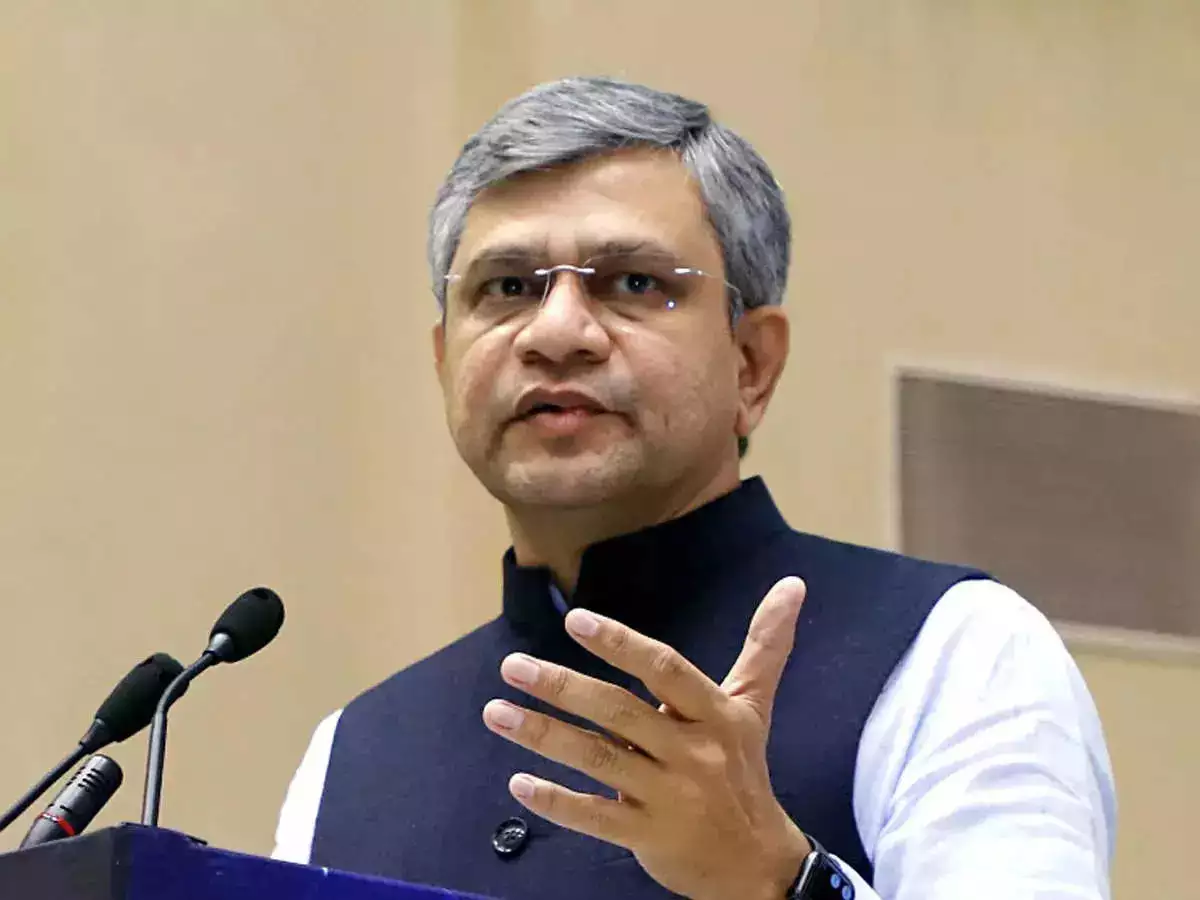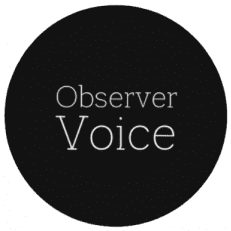Indian Railways Enhances Revenue Monitoring System

Indian Railways has implemented a comprehensive revenue monitoring system to track earnings at each station effectively. The system categorizes stations based on passenger traffic and revenue generation, ensuring that resources are allocated efficiently. This initiative aims to enhance transparency and optimize the utilization of human resources across the network.
Revenue Categories and Sources
Indian Railways classifies its stations into three main categories: Non-suburban Grade (NSG1-6), Suburban Grade (SG1-3), and Halt Grade (HG1-3). This classification is based on passenger earnings and footfalls, allowing for tailored revenue strategies. The revenue streams at these stations are diverse and include:
-
- Passenger Earnings: This includes both reserved and unreserved ticket sales, managed through the Passenger Reservation System (PRS) and Unreserved Ticketing System.
-
- Freight Earnings: Revenue generated from the transportation of goods, including charges for demurrage and wharfage.
-
- Other Coaching Earnings: This encompasses income from parcels, luggage, platform tickets, and various charges related to postal services and cloakroom usage.
-
- Sundry Earnings: This category includes revenue from rent, leased parking lots, catering services, and advertising on trains and at stations.
To ensure effective revenue management, designated officials, including Commercial Inspectors and Travelling Inspectors of Accounts, oversee the monitoring process at the station, division, and zonal headquarters levels.
Digital Tools for Enhanced Transparency
To improve the accuracy and efficiency of revenue management, Indian Railways has adopted several digital applications developed by the Centre for Railway Information Systems (CRIS). These tools include:
-
- Passenger Reservation System (PRS)
-
- Terminal Management System (TMS)
-
- Parcel Management System (PMS)
-
- Freight Operations Information System (FOIS)
-
- Traffic Accounts Management System (TAMS)
-
- Online Payment System
-
- E-Payment System
-
- E-Balance Sheet
-
- Indian Railways E-Procurement System (IREPS)
These digital solutions are designed to streamline operations and enhance the overall transparency of the revenue management process, ensuring that all financial activities are accurately recorded and monitored.
Optimizing Human Resources
Recognizing that human resources are a vital asset, Indian Railways emphasizes the effective and rational utilization of its workforce. Continuous reviews of manpower are essential to adapt to changing workloads, new technologies, and the creation of new assets. The organization regularly assesses employee workloads by reviewing established yardsticks and conducting work studies. The deployment of staff is guided by the Hours of Employment Regulations (HOER), which are periodically revised based on job analysis. This systematic approach allows Indian Railways to allocate manpower efficiently, ensuring that existing resources are utilized productively while also accommodating new organizational needs.
This information was disclosed by Union Minister of Railways, Information & Broadcasting, and Electronics & Information Technology, Shri Ashwini Vaishnaw, in a written response to the Lok Sabha.
Observer Voice is the one stop site for National, International news, Sports, Editor’s Choice, Art/culture contents, Quotes and much more. We also cover historical contents. Historical contents includes World History, Indian History, and what happened today. The website also covers Entertainment across the India and World.

